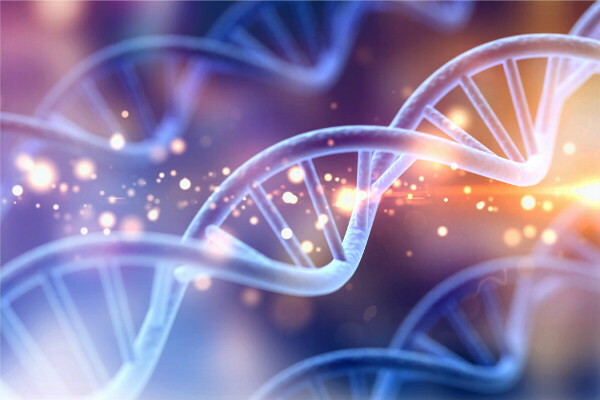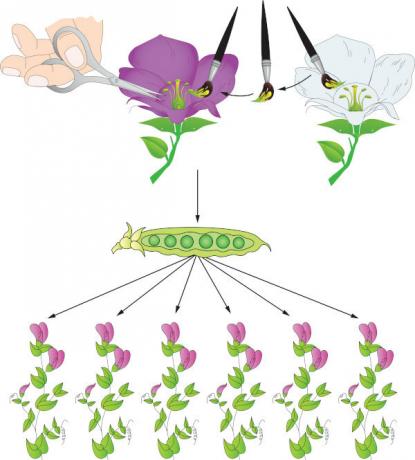The transfer of a blood or blood component from one person (donor) to another (recipient) is called blood transfusion. Doctors usually prescribe blood transfusion to increase the body's blood volume, increase the number of red blood cells that carry oxygen, correct clotting disorders, or improve immunity.
The doctor, depending on the reason for the blood transfusion, will prescribe whole blood, with all its components and blood cells; or else just blood components (blood components) such as plasma, erythrocytes, platelets, blood clotting factors, or white blood cells. By prescribing isolated blood components, the doctor will treat the problem more specifically, reducing the risks of side effects and avoiding the waste of other blood components that can be used in other patients.
Currently, the blood transfusions are more reliable, but still continue to cause some problems in the recipient, such as allergic reactions and infections.
for the blood transfusion, there must be a blood donor. People who are interested in donating blood undergo a clinical screening interview prior to donation. In this interview, would-be donors will be asked about several factors that will detect something that prevents or not the donation. After the interview, blood is collected and will be taken for tests, such as serological tests for hepatitis B and C, Chagas disease, syphilis, HIV, among others. Blood will also be classified by type (type A, B, AB or O) and positive or negative Rh factor.
Such as blood transfusion can transmit some disease, health agencies have tightened donor selections and made the tests performed on donated blood more comprehensive.
Apheresis, which means to separate, withdraw, is a blood donation procedure, in which the person donates only a specific blood component. The donor's whole blood passes through a device that separates the desired blood component and makes the blood return to your body. In this way, the person can donate much more blood components than in just one whole blood donation. It is common to use this procedure when donating platelets.
Do not stop now... There's more after the advertising ;)
There is a kind of blood transfusion called hemapheresis. In this procedure, the patient's blood is removed and substances or components harmful to the blood are removed. After this removal, the blood is returned to the patient. There are two types of hemapheresis: cytopheresis and plasmapheresis. Cytapheresis removes excess from certain blood cells. This method is used in the treatment of diseases such as polycythemia (excess of red blood cells), leukemia (excess of white blood cells) and thrombocytosis (excess of platelets). Plasmapheresis removes harmful substances from the plasma. As it is a difficult and very expensive procedure, plasmapheresis is reserved only for patients with serious illnesses whose body has not responded to conventional treatments.
Autologous transfusion, also called autotransfusion, is the safest procedure, as the donor will be the recipient. It is often used when a person will undergo surgery and may need blood during or after surgery.
Some problems may occur due to the blood transfusion, so health professionals must take precautions. In a blood transfusion, the adverse reactions start around 15 minutes after the start of the transfusion and, if there are reactions, the responsible professional should immediately suspend the procedure.
The most common reactions are fever, allergic reactions (hypersensitivity), headache, swelling, itching, rash and dizziness.
Despite the screening done before the transfusion, there may still be some incompatibility problems that lead to hemolytic reaction. In this case, the patient has difficulty breathing, chest pressure, flushing, and severe back pain. Severe and fatal reactions are rare.
Paula Louredo
Graduated in Biology


